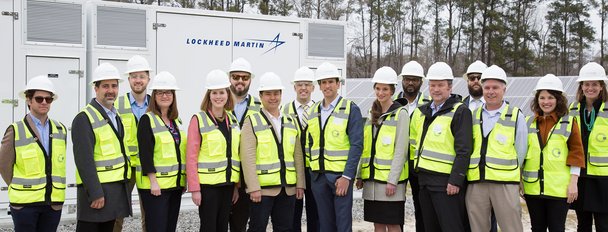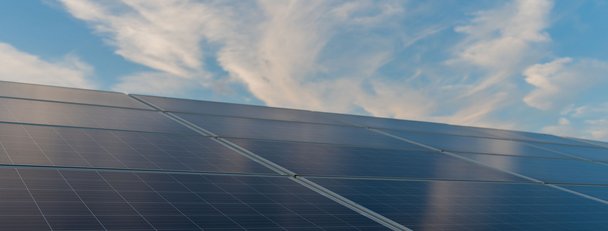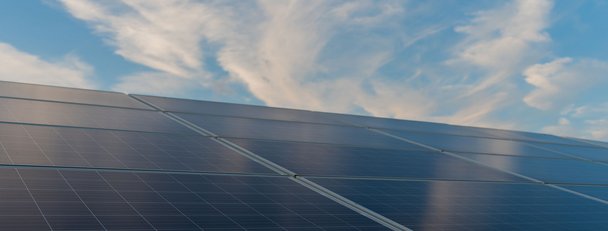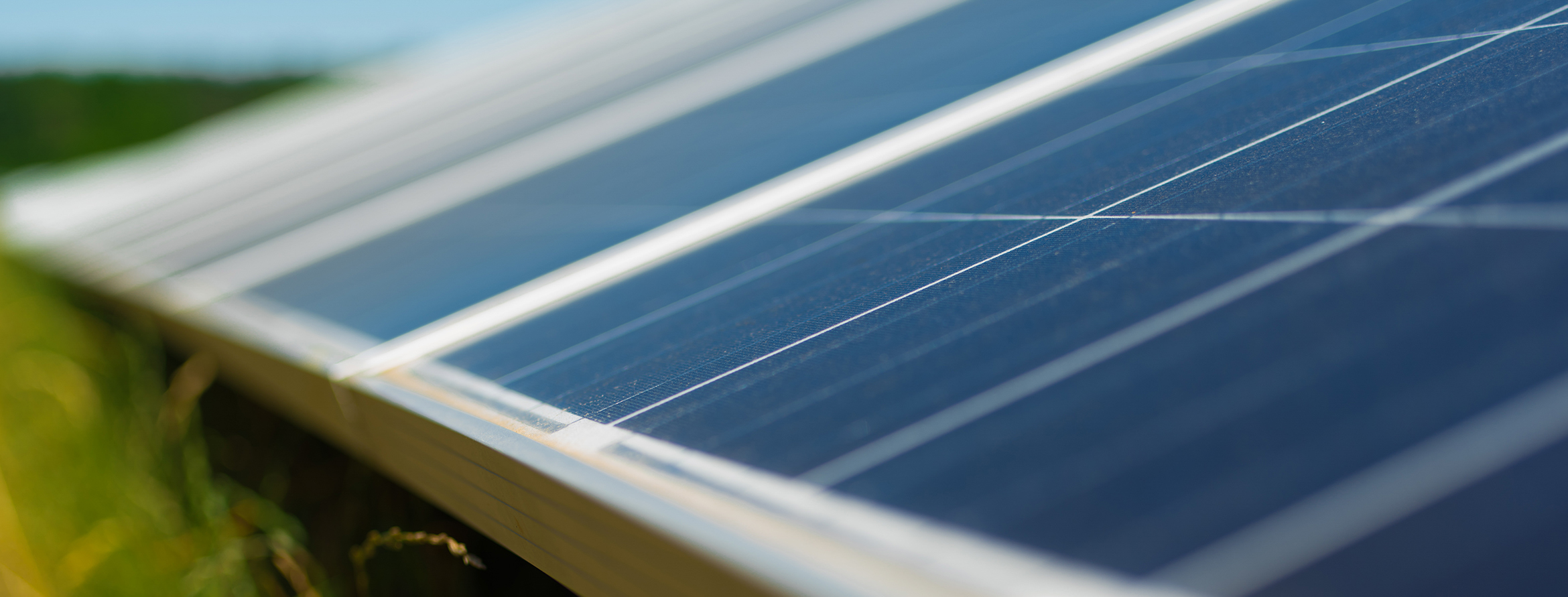
Community Solar Energy Project 101: Understanding the Basics
Across the nation, the renewable energy movement is changing the way we produce and distribute power, and solar energy projects are leading the charge. Nowadays, it is common in most every state to see tracts of homes with solar panels on their rooftops—and that is an encouraging sight. But, realistically, rooftop solar is too expensive for the majority of homeowners. It does not provide an adequate return on investment for many who live in cooler climates, it is an unavailable option for most renters, and, at the end of the day, it puts the burden of responsibility for greening our nation’s power system onto the shoulders of the individual, which isn’t practical or financially feasible at the scale we require.
The simplest and most affordable way to bring widespread access to clean energy to the greatest number of people is through the existing utility system. Our homes and businesses are already connected to the grid, and we already have a power purchasing relationship with our local utility company. Historically, individuals haven’t been responsible for sourcing their own brown power (coal or oil), so why should we be responsible for sourcing our own green power? It just makes sense that a utility company should obtain the clean power and deliver it through the existing transmission system like they always have (with some efficiency/security modifications added into the mix, such as the implementation of distributed generation and microgrid best practices).

Solar Farms = Clean Power for All
To generate enough clean power for utility companies to serve their constituents, we need to construct clean power generation facilities—and that’s where Cypress Creek Renewables comes in. Cypress Creek owns and operates solar farms that deliver renewable energy within the regions they service (in compliance with distributed generation and microgrid best practices). Our local farms help create jobs and bring in added revenue to the communities in which they are located through property taxes and development/construction spending. They are generally large enough to service between 300–600 homes, which means they average around 20 acres in size—big enough, but not too big.
When we enter a new community, there are always questions—solar farming is a relatively new phenomenon, after all, but, typically, the questions are similar across all communities. We’ve put together this blog post to answer some of those most asked questions.
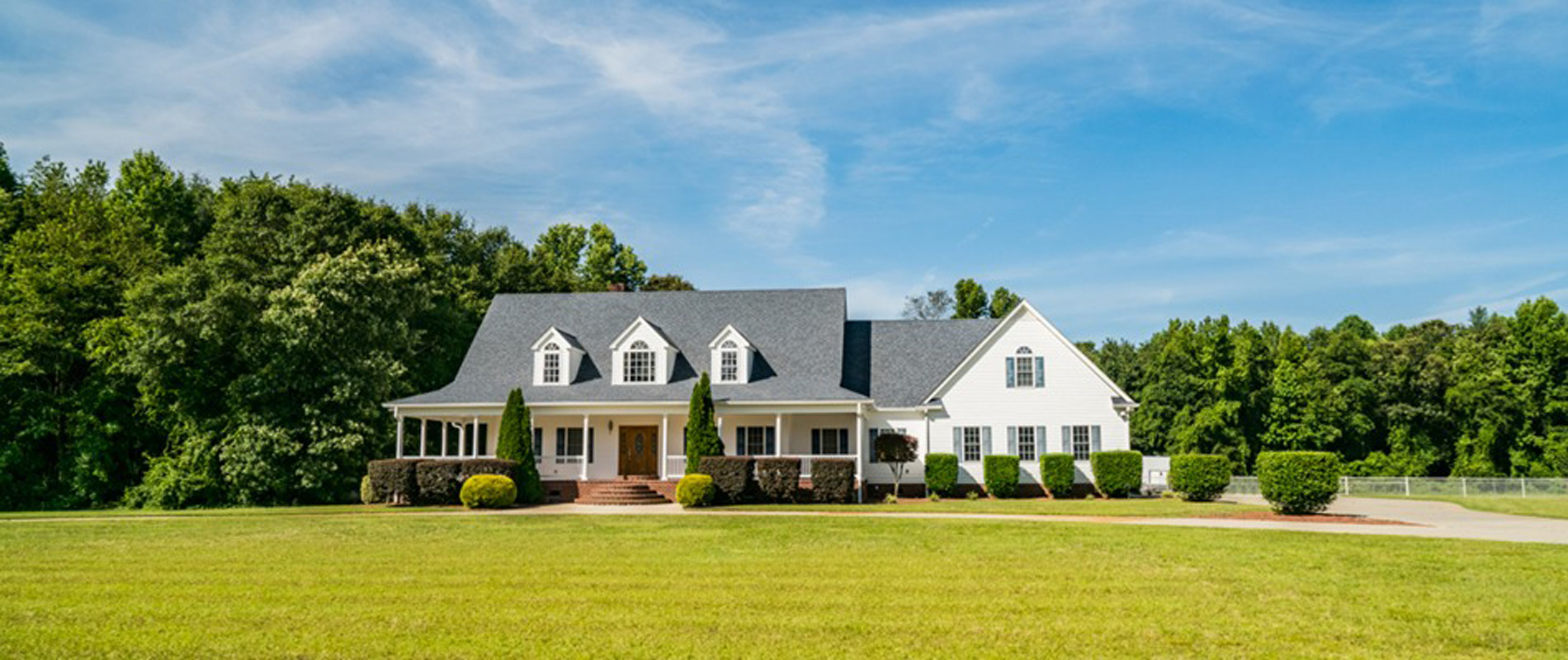
How Does a Solar Energy Project Impact Property Value?
This question is a little tricky because solar farming hasn’t been around long enough to create a property value impact history in most states, and every area is different. However, we can look to places like North Carolina, where there has been robust solar farm development in recent years, to get an idea of the impact thus far. Extensive studies conducted by local appraisers in North Carolina have indicated that there is no negative impact on property values. One such study conducted by Kirkland Appraisals, LLC concluded, “There is no impact on sale price for residential, agricultural or vacant residential land that adjoins existing or proposed solar farms.” Appraisers in Oregon have conducted similar studies and have reached the same conclusion.
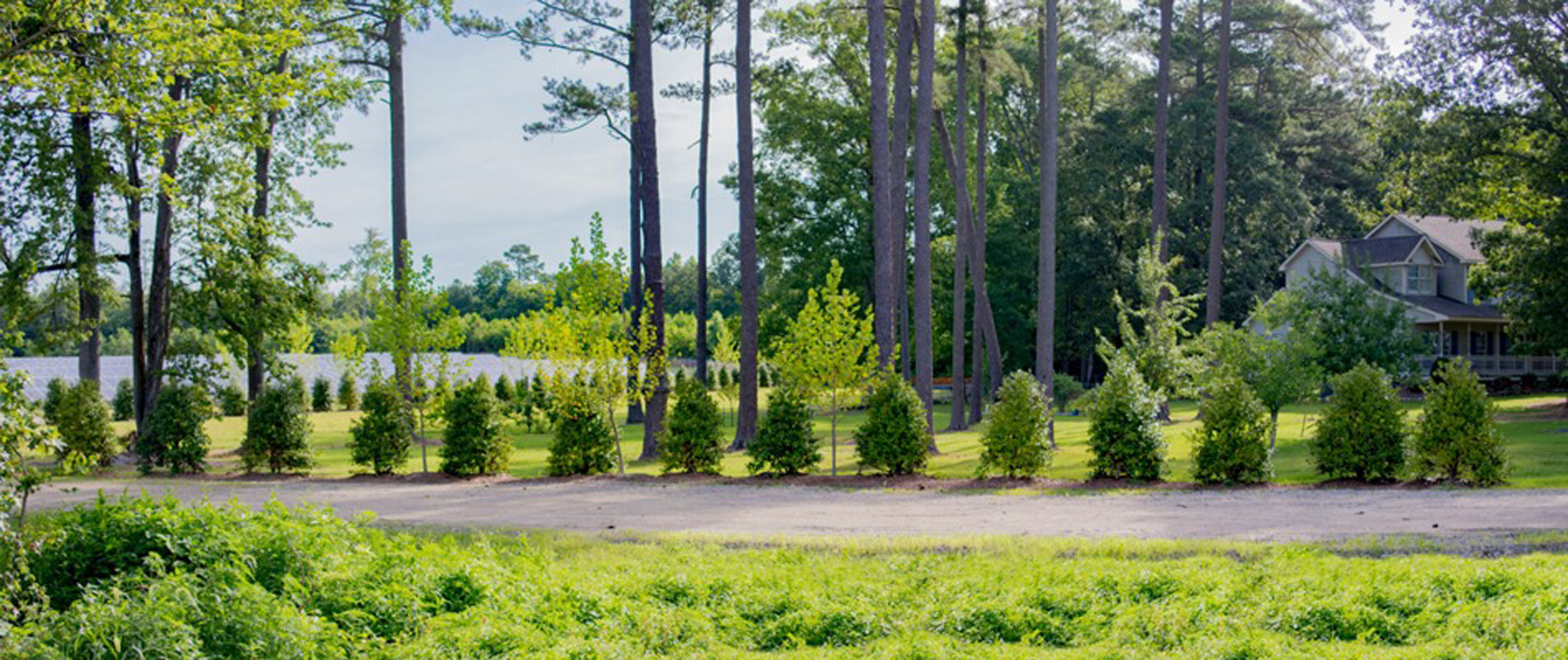
How Will the New Solar Energy Project Look from the Outside?
Solar panels are low profile by nature of their design and, therefore, are much less visible than a wind farm or nuclear power plant cooling tower could ever be. And, because our farms are relatively small compared to large utility-scale projects, they are more easily hidden from view. Cypress Creek makes every effort to obscure the visibility of our solar energy projects through location choice and the retention of existing border vegetation whenever and wherever possible.
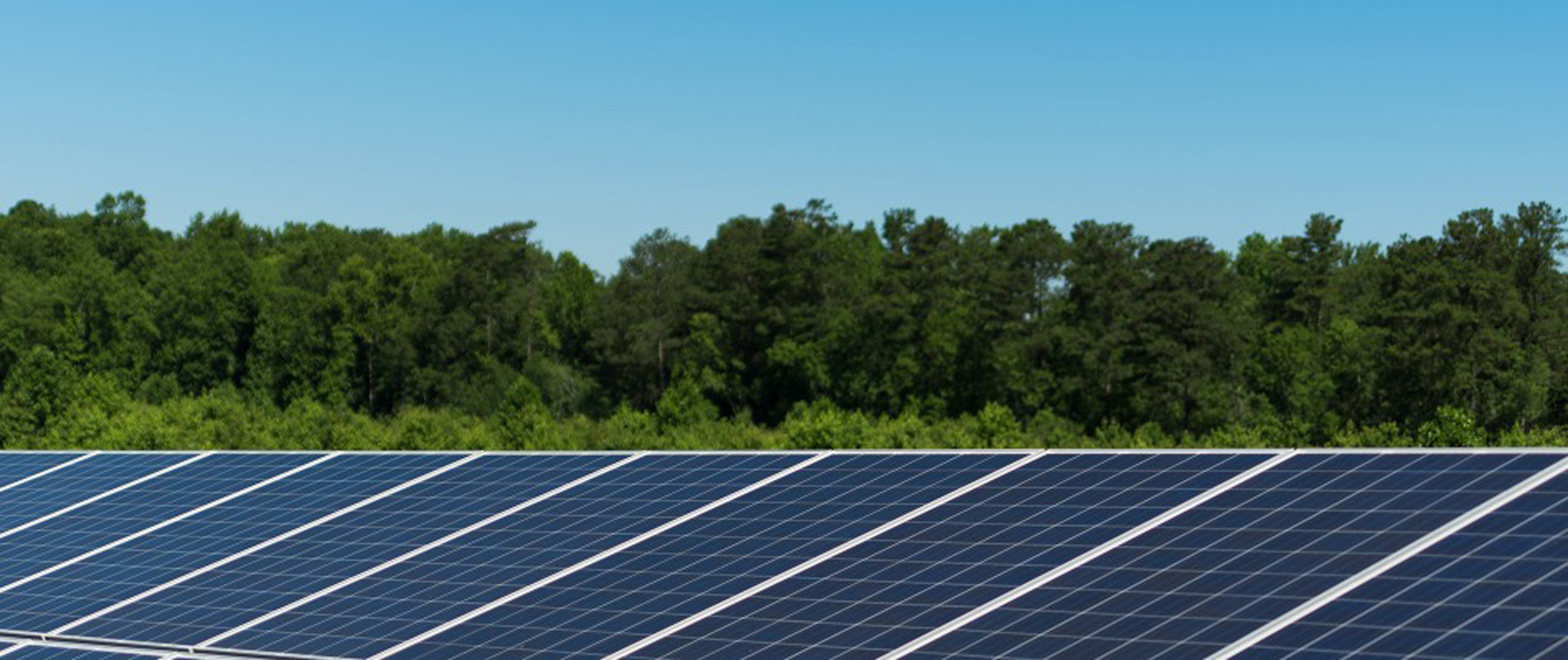
Are Solar Energy Projects Noisy?
The short answer is no—utility-scale solar energy projects are not noisy. Here’s the long answer:
The Massachusetts Clean Energy Center conducted a study of noise and electric-magnetic fields at utility-scale solar facilities running at optimum capacity. It measured the noise that the panels and inverters make at various distances and concluded that, while solar panels do make some noise, that noise is negligible to begin with and becomes inaudible from between 50–100 feet of the farm’s boundary line.
The inverter (or, more specifically, the cooling fan within the inverter) makes a bit more noise than the panels, but not much more. At 30 feet away, the sound is about 65 decibels—or about the equivalent of the sound level of a conversation. By 500 feet, it is totally inaudible.
Also, the noise that a solar facility produces only occurs when the equipment is in use. In other words, at night, when the panels and inverters are resting, there’s no noise.

What’s That About Electromagnetic Fields?
Electromagnetic fields, or EMFs, are a naturally occurring phenomenon. The earth’s EMF is responsible for a compass needle pointing north, and EMFs build up regularly in the atmosphere. That is why we get thunderstorms. The Massachusetts Clean Energy Center study referenced the above points in a recommendation from the International Commission on Non-Ionizing Radiation Protection that places the recommended maximum electric field exposure of 4,200 volts/meter (V/m) and the recommended maximum magnetic field exposure at 833 milli-Gauss (mG). The measurements taken at utility-scale solar sites in the study recorded electric fields of <5 V/m and magnetic fields of between 0.2–0.4 mG. These numbers were gathered at the site’s boundary lines.
To gain a little perspective, you are exposed to far higher EMF levels in your own home. According to the World Health Organization, your vacuum cleaner emits an electrical field of 50 V/m and a magnetic field strength of about 2–20 µT, or 20–200 mG.
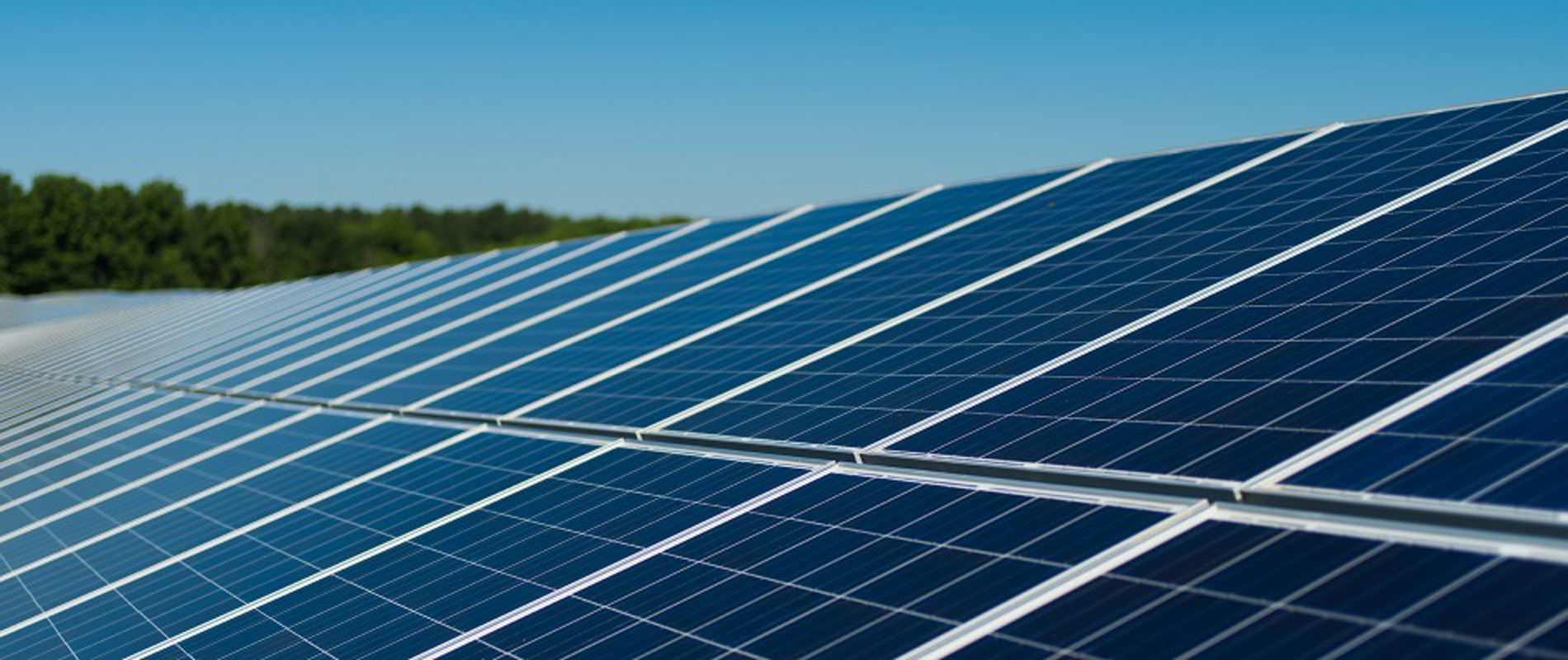
What About Glare?
According to A Study of the Hazardous Glare Potential to Aviators from Utility-Scale Flat-Plate Photovoltaic Systems, solar panels are designed to absorb light from the visible spectrum, not to reflect it—although some upward reflection does occur. To assist light absorption, each PV panel is treated with an anti-reflective coating. Naturally occurring ponds and streams, snow and even certain kinds of soil and vegetation are similarly reflective.
In fact, the study notes that sunlight, reflected away from solar panels, produces the same amount of glare as a flat pond or lake. Additionally, the solar panels are mounted at an angle that allows the most light to be absorbed throughout the year, which results in the panels facing the sky at shallow angles (typically less than 25 degrees). As a result, what little light is reflected is not visible to ground level observers. All solar farms are required to be approved by the FAA as potential glare hazards for aviators. To date, no PV array has been deemed a glare hazard. In fact, there are a significant number of PV power plants built next to highways and around airports.


